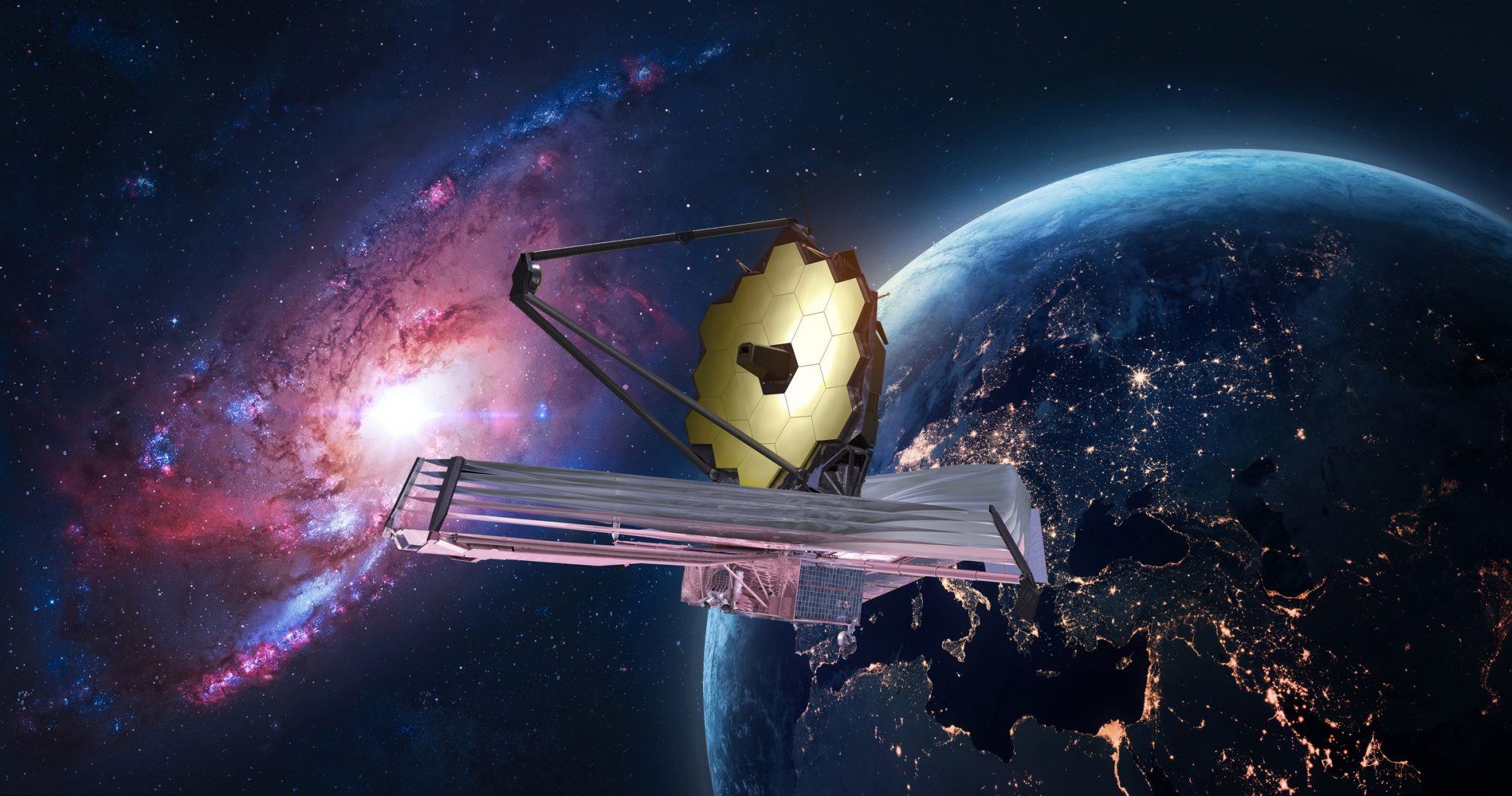Key Takeaways:
- GN-z11, a galaxy discovered by Hubble in 2015, showcases evidence of the universe’s earliest stars, a remarkable find attributed to observations by the James Webb Space Telescope.
- The JWST’s recent scrutiny of GN-z11 revealed tantalizing details about the galaxy’s formation, including indications of Population III stars and a massive black hole, challenging previous cosmological models.
- The presence of Population III stars, theorized to be the first stellar entities, signifies a significant step towards understanding the universe’s infancy, offering insights into its evolutionary timeline.
- Evidence of a supermassive black hole at the core of GN-z11 underscores the galaxy’s exceptional luminosity, furthering our comprehension of the dynamic processes shaping galaxies in the early universe.
- These groundbreaking discoveries, published in prestigious journals, herald a new era in astronomical research, shedding light on the profound mysteries surrounding the origins and evolution of galaxies.

The James Webb Space Telescope trained its lenses on galaxy GN-z11, an entity that came into being a mere 430 million years post the cataclysmic event known as the Big Bang, potentially revealing the presence of some of the most ancient stars in the vast expanse of the cosmos.
Through meticulous observations conducted by the James Webb Space Telescope (JWST), a compelling case for the existence of the inaugural generation of stars in the universe has emerged. The evidence resides within one of the most remote galaxies documented to date.
Hitherto, the galaxy dubbed GN-z11, first identified by the Hubble Space Telescope in 2015, held the title of the farthest celestial body known to humanity. With a redshift measurement of 10.6, it becomes more pertinent to discuss its temporal antiquity rather than its spatial distance. This distinction arises from the fact that GN-z11 appears to us as it existed merely 430 million years following the Big Bang, owing to the time taken for its luminous emissions to traverse the vast expanses of the cosmos. For context, the current age of the universe stands at 13.8 billion years.
Consequently, GN-z11 emerged as a focal point for scrutiny by the JWST. Presently, two recent scientific papers expound upon profound revelations regarding GN-z11, unraveling pivotal insights into the mechanisms governing the evolution of galaxies during the nascent epochs of the universe.
At its particular redshift, GN-z11 reigns supreme as the most luminous galaxy, a recurring phenomenon observed among galaxies at higher redshifts, discovered with increasing frequency by the JWST in the primordial universe. Many of these entities exhibit luminosities surpassing the predictions outlined by prevailing models of galactic formation, predicated upon the conventional framework of cosmology.
The recent observations conducted by the JWST seem poised to illuminate the enigmatic nature of these celestial phenomena.
An assembly of astronomers, under the leadership of Roberto Maiolino from the University of Cambridge, delved into GN-z11 utilizing the JWST’s advanced near-infrared instrumentation, comprising the Near-Infrared Camera (NIRCam) and the Near-Infrared Spectrometer (NIRSpec). Their investigations unveiled traces indicative of the inaugural stellar generation, referred to as Population III stars, alongside evidence pointing to the voracious accretion of matter by a supermassive black hole, engendering its accelerated growth.

The determination of a star’s age hinges upon its composition of heavy elements, synthesized by antecedent generations of stars, whose demise disperses these elements into the interstellar medium, where they coalesce to form nascent stellar bodies. Stars born within the last five to six billion years, characterized by an abundance of heavy elements, are classified as Population I stars, a category encompassing our very own sun. In contrast, older stars, residing within the ancient recesses of the Milky Way, exhibit diminished heavy element content, earning them the designation of Population II stars.
Population III stars, although speculative until now, represent the theoretical genesis of stellar evolution.
These primordial entities, devoid of heavy element composition, comprised solely of pristine hydrogen and helium remnants from the cosmic dawn, likely manifested in exceedingly radiant forms, with masses rivaling several hundred solar masses.
While direct sightings of Population III stars remain elusive, Maiolino’s team discerned indirect evidence within GN-z11. The NIRSpec instrument detected an enclave of ionized helium at the galaxy’s periphery.
“The conspicuous absence of additional constituents besides helium implies the relative purity of this enclave,” remarked Maiolino in a statement. “Theoretical predictions and computational simulations postulated the presence of such reservoirs of unadulterated gases in the vicinity of prodigious galaxies from that era, potentially collapsing to give rise to Population III stars.”
The ionization of helium gases stems from an extrinsic source emanating copious amounts of ultraviolet radiation, posited to originate from Population III stars. The residual helium could plausibly represent remnants from the formation of these stars. The prodigious ultraviolet emissions necessary for helium ionization necessitate the collective luminosity of approximately 600,000 solar masses of stars, radiating with a combined luminosity exceeding that of our sun by a factor of 20 trillion. These statistics imply that ancient galaxies like GN-z11 likely possessed greater propensity for the formation of massive stars compared to their contemporary counterparts.
Concurrently, the subsequent findings by Maiolino’s team delineate the presence of a supermassive black hole, weighing in at approximately two million solar masses, ensconced at the heart of GN-z11.
The team further discerned a potent emission of radiation emanating from the accretion disk encircling the black hole, accompanied by ionized chemical species characteristic of accreting black holes. This supermassive black hole represents the most distant of its kind discovered thus far, its insatiable appetite engendering the dense and fervently luminous accretion disk. This symbiotic interplay between Population III stars and the supermassive black hole serves as the impetus behind GN-z11’s radiant brilliance, debunking premature claims that this phenomenon violates established cosmological paradigms.
The comprehensive study elucidating the ionized helium clump and Population III stars has garnered acceptance for publication in the esteemed journal Astronomy & Astrophysics, with a preprint accessible for perusal. Additionally, the findings detailing the NIRCam observations of the black hole were disseminated on 17 January via the journal Nature.
Originally published on Space.com.


